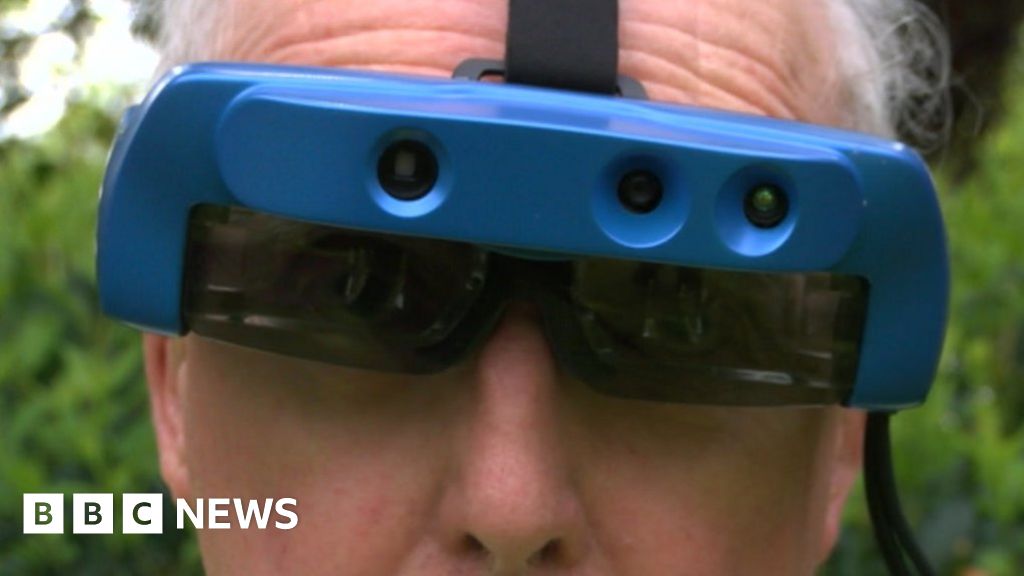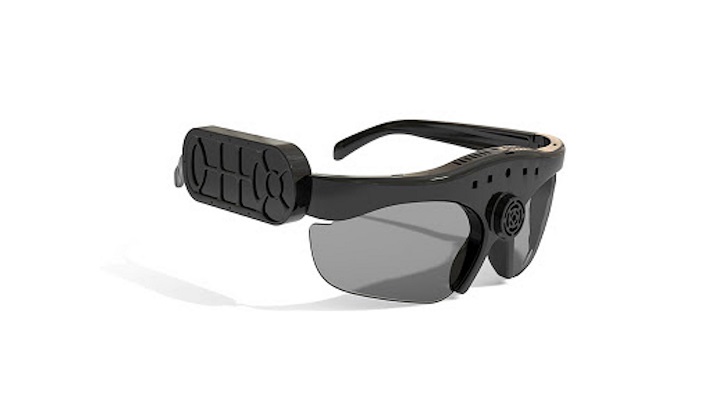OCR Devices for the Blind: Breaking Barriers with Optical Character Recognition
Cutting-edge Solutions in Assistive Technology for Visual Problems
The landscape of assistive innovation for aesthetic problems is progressing swiftly, offering an array of innovative solutions that enhance access and independence. From sophisticated mobile phone applications that help with navigating to wearable tools made for real-time advice, these tools are reshaping the experiences of those with aesthetic disabilities.
Developments in Mobile Phone Applications
Recently, improvements in smart device applications have substantially transformed the landscape of assistive technology for people with aesthetic problems. These applications utilize the effective sensors and capabilities of modern-day smart devices to provide users with tools that improve freedom and ease of access in their every day lives.
Significant among these advancements are applications created for object recognition, which use the smartphone's electronic camera to recognize items and provide spoken descriptions. Such features empower individuals to navigate their settings better, whether determining products in shops or finding personal items in your home. Additionally, text-to-speech applications have actually boosted substantially, enabling users to catch printed message with their device's video camera and receive split second audio feedback, therefore helping with reading and understanding.
Community-driven applications have cultivated social interaction and source sharing among people with aesthetic impairments, developing an encouraging network that boosts their quality of life. Generally, smart device applications have actually come to be indispensable allies in promoting freedom and ease of access for individuals with visual impairments.
Wearable Gadgets for Navigating
Wearable gadgets for navigating have become a groundbreaking remedy for individuals with aesthetic problems, providing hands-free support that improves movement and positioning. These tools usually use innovative modern technologies, including GPS, ultrasonic sensors, and expert system, to give real-time feedback and direction to customers as they browse their atmosphere.
One notable example of wearable navigating technology is clever glasses, which can spot obstacles and relay auditory or haptic comments to the user, permitting efficient and safe activity in numerous setups. Other tools, such as vests and belts outfitted with sensing units, can similarly educate individuals of their surroundings by giving informs about nearby things or changes in surface.
Additionally, numerous wearable tools integrate with smart device applications, enabling customers to tailor their navigation choices and receive customized route ideas. This personalization can substantially boost the customer experience, empowering individuals to take a trip with higher self-confidence and freedom.
As modern technology remains to develop, the possibility for wearable navigating devices to improve the lifestyle for individuals with aesthetic impairments remains considerable, leading the method for more comprehensive and obtainable environments.
Smart Home Modern Technology Integration

In addition, clever appliances equipped with responsive user interfaces or acoustic click here now responses provide user-friendly interactions that cater specifically to the requirements of those with visual impairments. For example, clever refrigerators can announce their contents and expiration dates, while wise ovens can guide users through the cooking procedure with audio instructions.
Home automation systems, such as clever doorbells and safety cameras, supply comfort by allowing users to obtain notifies and gain access to live feeds using their smart phones, boosting personal safety (AI-powered visual aids). Furthermore, integration with tablets and mobile phones guarantees that users can handle their home environment from anywhere within their properties
As clever home innovation remains to progress, it holds the potential to change the living experiences of individuals with aesthetic impairments, cultivating self-reliance and improving lifestyle in a progressively connected world.

Educational Devices and Resources
Access to reliable instructional devices and resources is crucial for individuals with visual disabilities, as it empowers them to involve completely in their understanding experiences. Different assistive innovations have actually been developed to improve ease of access and foster independent learning. Display readers, for circumstances, convert text right into speech, allowing students to accessibility electronic material flawlessly. AI-powered visual aids. Furthermore, refreshable braille display screens provide responsive feedback, making it much easier for learners to communicate with written material.
Moreover, instructional software specifically made for visually damaged individuals uses features such as high-contrast modes and customizable message dimensions. These tools accommodate diverse learning styles and make certain that students can tailor their instructional experience to their requirements.
Furthermore, access to digital collections and audio books broadens the variety of offered learning materials, allowing trainees to check out subjects in deepness without the constraints enforced by conventional print resources. Collective systems that integrate access attributes likewise assist in team jobs, ensuring that aesthetically damaged students can contribute meaningfully along with their peers.
Neighborhood Support and Interaction
A robust network of area assistance and engagement is important for individuals with visual disabilities, promoting a comprehensive environment where they can flourish. Area companies, neighborhood advocacy teams, and volunteers play a pivotal role in providing resources, details, and friendship, which are essential for improving the quality of life for those affected by visual impairments.
Engagement activities such as workshops, social occasions, and support system not just help with ability development however additionally advertise social communication, decreasing feelings of isolation. These campaigns motivate individuals to share experiences, obstacles, and successes, consequently strengthening area bonds. Additionally, collaborations with local services can bring about higher access in public spaces, better integrating people with aesthetic disabilities into the neighborhood.
Modern technology also improves area interaction via online platforms that offer online assistance groups and sources, allowing individuals to connect despite geographical obstacles. By harnessing both digital and in-person solutions, communities can produce a detailed assistance network. Eventually, his comment is here promoting collaboration among various stakeholders-- consisting of families, educators, and health care specialists-- ensures that people with aesthetic disabilities obtain the alternative assistance essential to navigate day-to-day life successfully and with self-respect.
Conclusion
Ingenious solutions in assistive modern technology for visual disability dramatically boost the quality of life for people encountering these challenges. The combination of mobile phone applications, wearable tools, wise home innovation, and instructional tools cultivates higher self-reliance and accessibility.
The landscape of assistive technology for aesthetic disability is advancing quickly, presenting a range of innovative services that boost ease of access and self-reliance. Community-driven applications have promoted social communication and source sharing amongst individuals with aesthetic problems, developing a helpful network that improves their high quality of life. Generally, smart device applications have ended up being important allies in advertising autonomy and access for individuals with aesthetic disabilities.
Lots of people with visual problems are finding better autonomy via the integration of clever home modern technology.Innovative services in assistive technology for visual click this disability dramatically boost the top quality of life for people encountering these challenges.